Seychelles - women rule in paradise
“The Seychelles export tuna and import visitors,” say the islanders. They charge high prices for staying in the archipelago, but limiting the number of tourists favors the environment and increases the comfort of sightseeing.
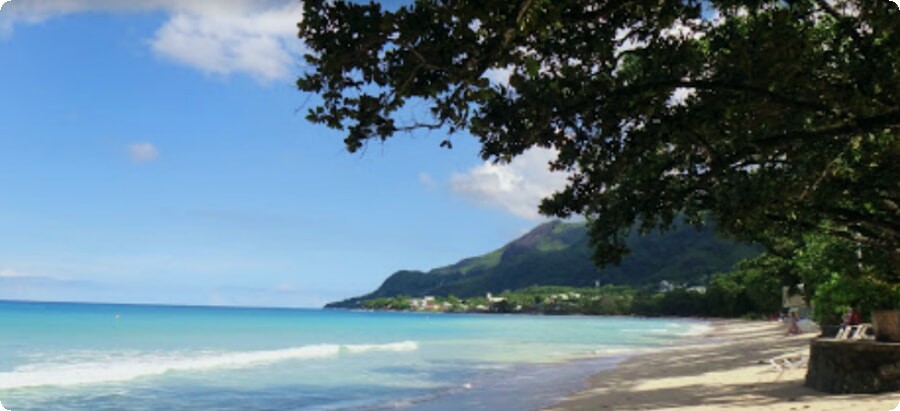
Ocean, round rocks, coral atolls. Forests, turtles, rare birds. Cinnamon, vanilla, cloves. Emerald, turquoise, cobalt. Pirates and colonizers, heat and wind. The temptations of lovers of beauty and nature are seduced by images of the tropical world. But few people know that this archipelago is also one of the few enclaves of matriarchy in the world.
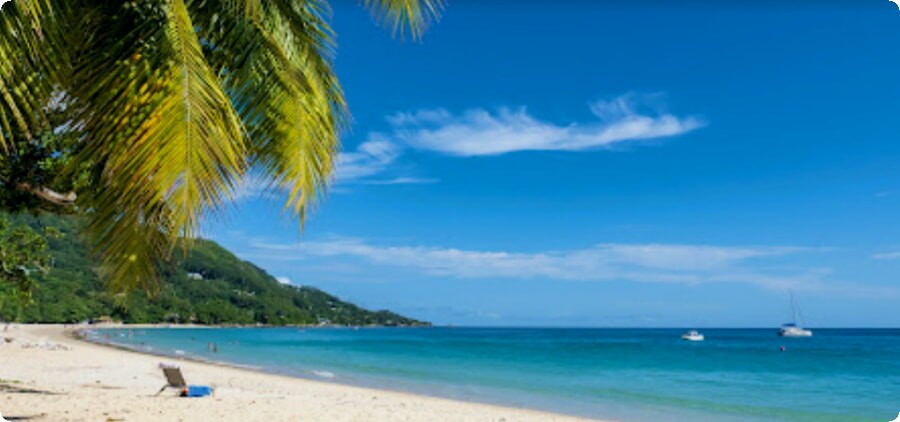
If it's sunset, it's best on Beau Vallon Beach, on the main island of the Seychelles, Mahe. The sky over the coast of the island, 30 kilometers away, turns orange. A light breeze blows through the coconut and takamak trees, bringing the smell of food and the sound of music. Party time! Most of the tourists have already returned to their hotels, but the locals are just going outside.

The majority of the Seychelles are Catholics, but religious practices do not interfere with the cultivation of earlier traditions. Here you can see shamans, who are called bona di bwa, people wear talismans, and for the corpses of the dead, the family hires guards so that their loved ones do not turn into zombies.

Out of the oven at Baobab Bistro comes a fiendishly hot pizza, grilled, freshly caught fish. The girl puts curry rice on the plates. "With fish or chicken?" she asks. "Or maybe with bat meat?" Open-air music flows from open windows and cars parked nearby. Men in Bermuda rhythmically move their hips, and women with voluminous forms are not inferior to them.
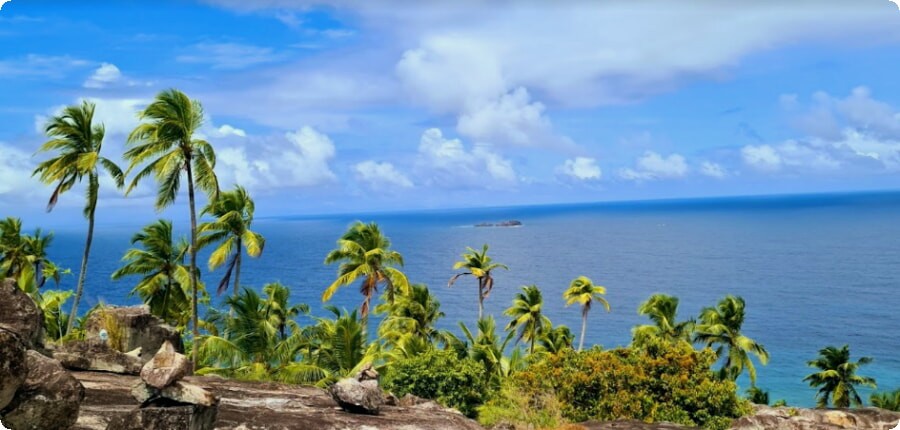
There are more than 100 islands. They are often so small that no one lives on them; others are owned by private owners who bought them before the archipelago, still scattered in the waters of the Indian Ocean, gained independence in 1976. This is one of the so-called tourist paradises - great weather, greenery, white sand beaches, ocean. The Seychelles, however, have a unique organization of social life, because women are at the helm here.
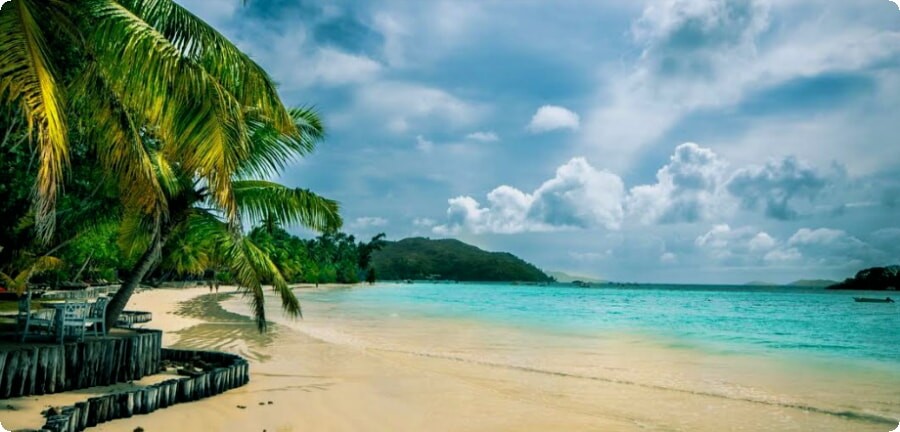
Just take to the streets of Victoria, the largest city on the island of Mahe and the state capital, to encounter a confident, noisy woman who takes care of important matters on the phone while keeping an eye on her children. A few steps behind her, one can undoubtedly see her insecure partner - a person who is not used to making decisions. Similar relationships also prevail in business or official government structures.
Almost half of the members of the local parliament are women, which puts the country at the forefront when it comes to their participation in the group of representatives of the nation (Seychelles, Rwanda, Andorra, Cuba and Sweden). This situation arose not because of the temporary balance of power in politics, but because of the complex history of the region.
It is likely that Arab sailors were the first to appear in the Seychelles, but the first mention of the archipelago is associated with the Portuguese explorer Vasco de Gama, who in 1502 came here during his second trip to India.
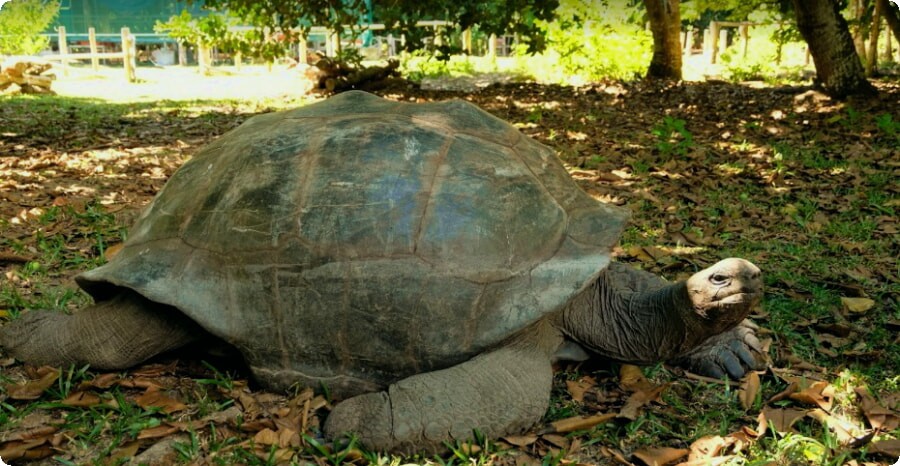
Local residents are mainly engaged in fishing, agriculture and tourism. Each of the more than 115 islands in the archipelago boasts impeccable beaches. Here, however, even the most popular places retain their original character.
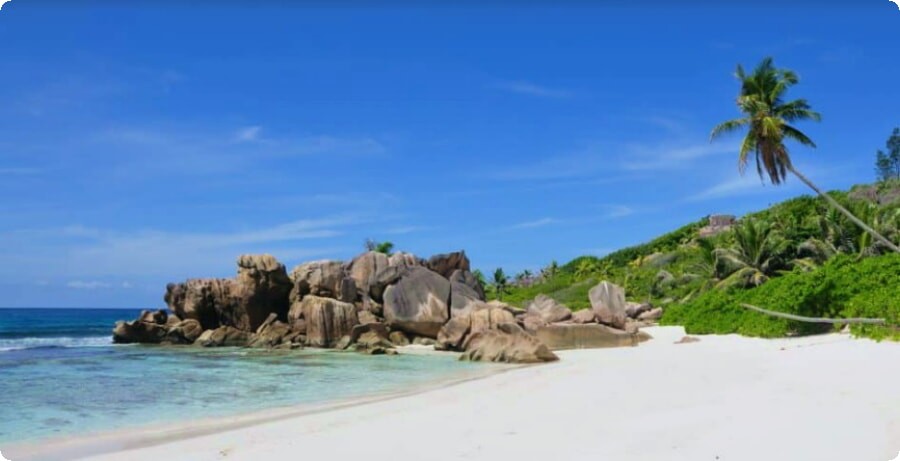
This is possible due to the fact that almost 40% of the island's surface is under the protection of UNESCO. However, it comes with a bitter history. Old neglect led to the dramatic disappearance of tropical palms, which in turn threatened the archipelago's iconic species, the giant tortoise. Today, both animals and plants are doing better.

The rules, created as a result of public consultation, oblige every citizen to take care of the environment. If this task continues to be in the hands of women, the Seychelles will remain an ecological enclave of sustainable development.